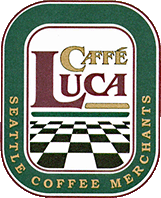
Grilling kebabs has been woven into Persian culinary culture for thousands of years. Persians love to cook and dine outside because of their hot climate. One of the most popular grilled dishes in Iran is Chelo Kebab. Skewers of lamb, veal, or beef are marinated in a mixture of yogurt, lemon juice, onion, garlic, salt, pepper and saffron for several days. The yogurt and lemon juice tenderize the meat as well as add a lovely rich flavour. As the kebab is grilled, it is basted with lime juice, saffron, and melted butter. This sauce keeps the meat moist and flavourful. The finished dish is then served with white rice, grilled tomatoes, raw egg and onion.








 Stumble It!
Stumble It!